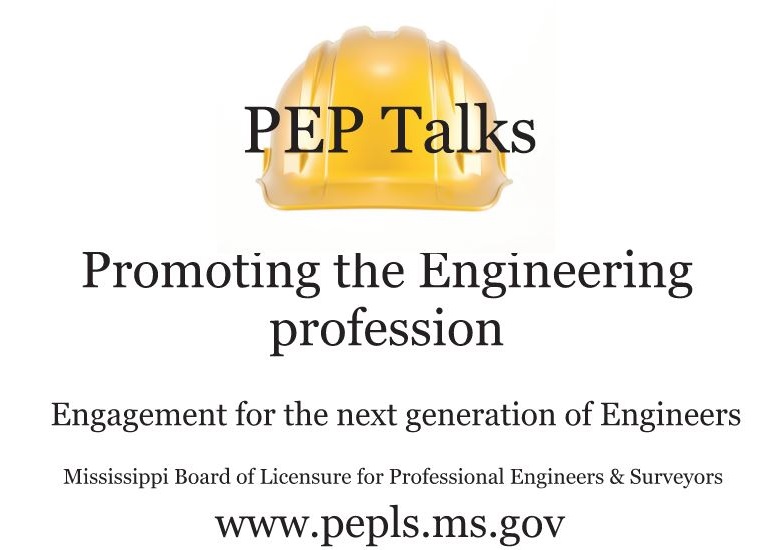 An article written by Dennis D. Truax, P.E., PhD
An article written by Dennis D. Truax, P.E., PhD
A lot is being said about the shortage of engineers. The pool of college-age students is shrinking as the post-war population ripples continue. Worse still, today’s youth are questioning the need to take on hundreds of thousands of dollars of debit to get a college education given their perception that the promise of success after graduation is hollow and that debt will prevent them from having the life they expect. So, what is to be done by those of us in this profession?
As professionals, we need to accept the challenge of promoting our profession to high school students and providing resources to the STEM programs that prepare students to pursue the education needed to practice in our professions. Engaging university programs with our time, talent, and resources is also vital. In all cases, we need to craft a positive message of impact, change, and importance which our professions facilitate. Studies repeatedly show that younger generations want to find value in where they work and what they do. Millennials are drawn to mission-driven work.
Furthermore, we must recognize that individual expectations differ based on gender, race, ethnicity, religion, etc. All this means that the workplace must address individual needs and corporate needs alike. It means that rewarding our professionals with money is not the only issue. Work-life balance is valued. It does little good to attract individuals into our profession only to have them leave because they find the workplace hostile, indifferent, or ignorant of their personal and professional goals. Equal is not equitable, and if you do not understand the difference, learn it…quickly.
Additionally, given the shortage of professionals, we must adapt the workplace to facilitate the return of those who left our profession. Decades of cookie cutter management and commoditization of our engineers have disenfranchised uncountable numbers of creative, innovative, and impactful individuals. They can be a valuable resource in meeting workforce needs.
Lastly, we must adapt to a new paradigm of who can do engineering work and how we build a team that ensures the health, safety, and welfare of the public. Is it the best use of an engineering graduate to do drafting, inspection, or site management? Maybe not! Developing a team led by a professional who trains and oversees technicians and technologies helps address a host of the issues we face.

